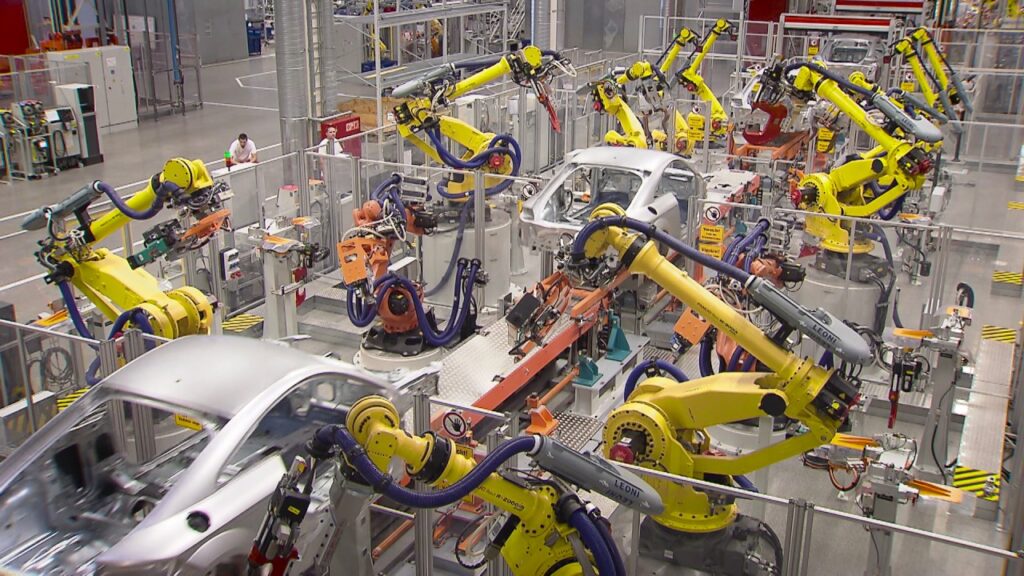Robotic Process Automation (RPA) in 2023!
In recent years, automation has become an integral part of various industries, revolutionizing the way businesses operate. One technology that is at the forefront of this revolution is Robotic Process Automation (RPA). RPA leverages the power of robotics and artificial intelligence (AI) to automate mundane and repetitive tasks, freeing up valuable human resources to focus on more strategic and creative work.
It is predicted that by 2023, RPA will become even more prevalent, reshaping the landscape of numerous industries. This article delves into the transformative potential of RPA and explores how it will shape the future.
RPA, at its core, involves the use of software robots to mimic and perform repetitive tasks that were previously carried out by humans. These robots are programmed to automate rule-based processes, ensuring accuracy, speed, and efficiency. This transformative technology has already made waves in industries such as banking, healthcare, manufacturing, and logistics, where manual and repetitive tasks are abundant.
One of the key advantages of RPA is its ability to integrate seamlessly with existing systems and applications. This means that businesses do not have to overhaul their entire infrastructure to adopt RPA. Instead, RPA can be implemented alongside existing systems, minimizing disruption and increasing efficiency.
Imagine a scenario where a customer, let’s call her Sarah, contacts a company’s customer support center for a simple account inquiry. In the past, Sarah would have to wait in line and speak with a human operator who would manually retrieve her account information. With RPA, however, a software robot can instantly access and retrieve Sarah’s account details, allowing for a swift and accurate response. This not only enhances the customer experience but also frees up customer support agents to handle more complex issues that require human intervention.
Furthermore, RPA has the potential to greatly enhance the performance of back-office operations. Tasks such as data entry, invoice processing, and report generation can be fully automated, eliminating errors and reducing the turnaround time. This not only improves operational efficiency but also frees up employees to focus on more value-added activities, such as data analysis and strategic decision-making.
As RPA continues to mature, we can expect to see advancements in its capabilities. For instance, machine learning algorithms can be integrated with RPA to enable cognitive automation. This means that software robots can learn and adapt to new scenarios, making intelligent decisions based on patterns and data. This opens up a whole new realm of possibilities, where robots can handle complex tasks that require decision-making and problem-solving skills.
The benefits of RPA extend beyond efficiency improvements. It also allows businesses to achieve cost savings and scalability. By automating repetitive tasks, companies can reduce the need for human employees, resulting in significant cost savings. Additionally, RPA allows for easy scalability, as virtual robots can be deployed quickly to handle increasing workloads without the need for physical infrastructure or additional hiring.
However, as with any transformative technology, there are challenges to consider. Concerns about job displacement have been raised, with fears that RPA will lead to widespread unemployment. While it is true that certain tasks will be automated, RPA also creates new opportunities for humans to upskill and take on more strategic roles that require critical thinking and creativity. It is crucial for businesses to invest in reskilling and upskilling programs to ensure a smooth transition and workforce readiness.
In conclusion, Robotic Process Automation (RPA) is set to reshape the future of numerous industries by automating mundane and repetitive tasks, freeing up human resources for more strategic and creative work. The transformative potential of RPA is evident in the enhanced customer experiences, improved operational efficiency, cost savings, and scalability it offers. With advancements in machine learning, RPA will continually evolve to handle complex tasks and make intelligent decisions. However, businesses must also address the challenges of job displacement by investing in reskilling and upskilling programs. As we approach 2023, it is clear that RPA is not just a passing trend but a powerful tool that will revolutionize the way businesses operate. Are you ready to embrace the future of automation?
Industrial Robot
“Revolutionizing Workflows: Unleashing the Full Potential of Robotic Process Automation in 2023”


